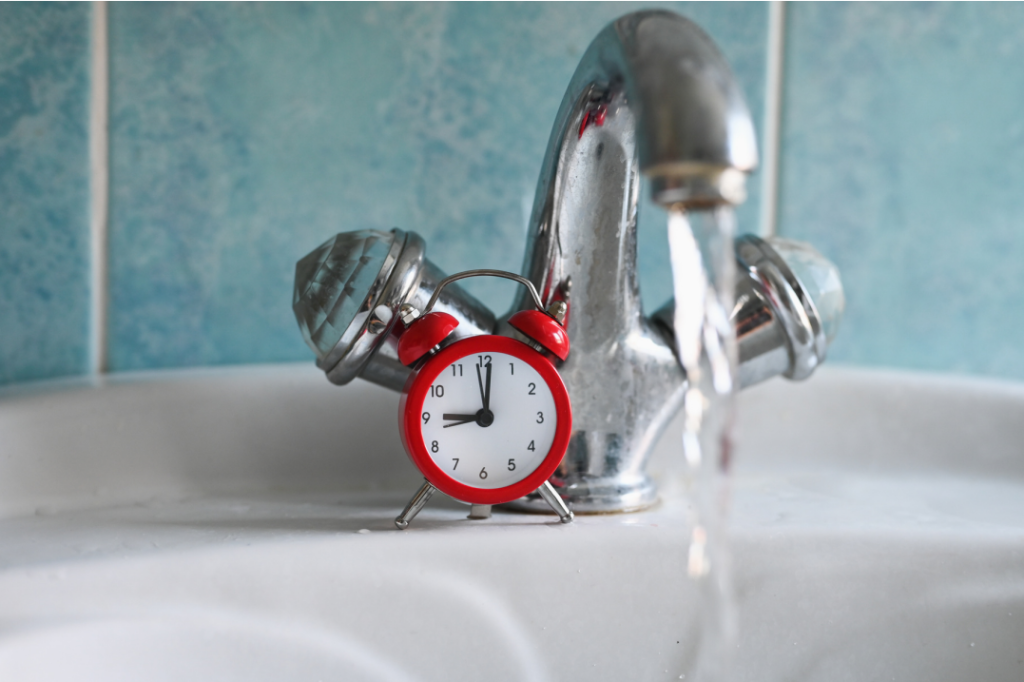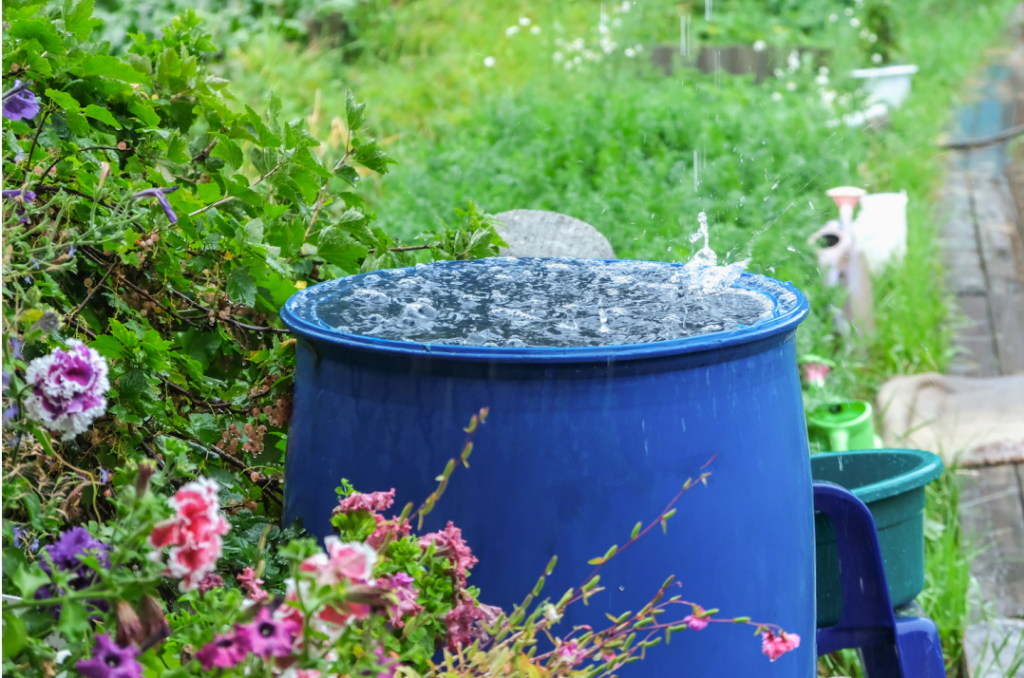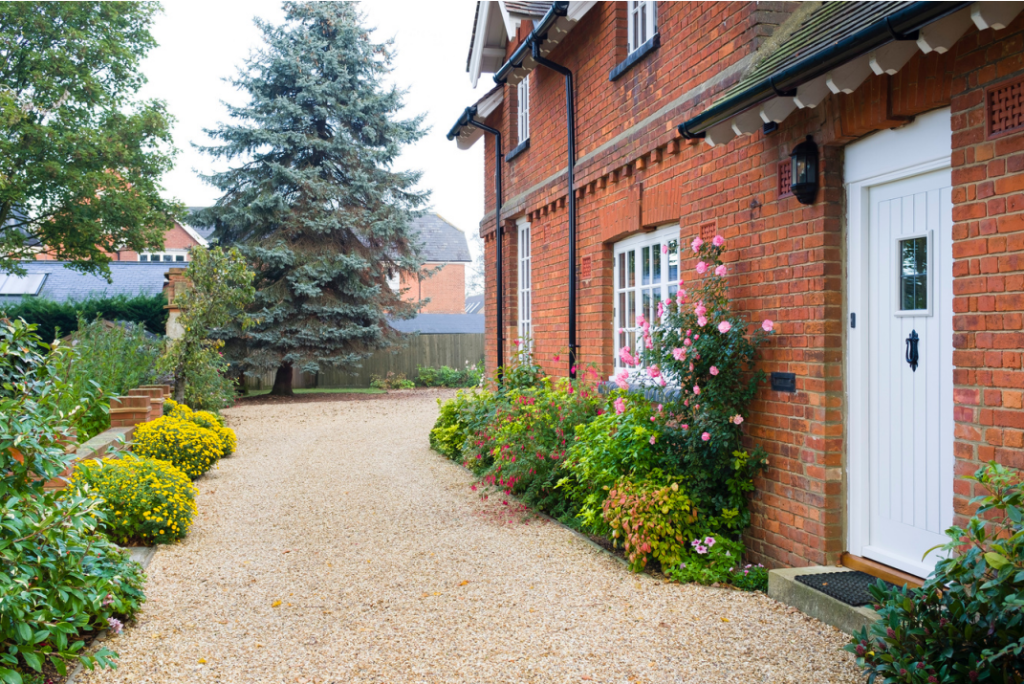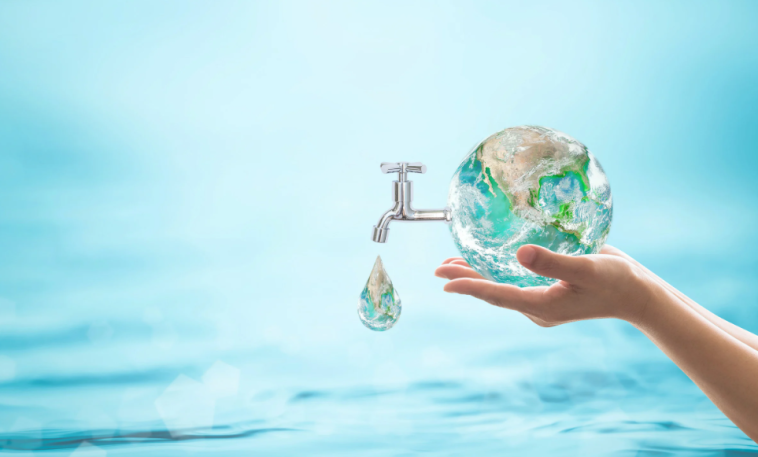We’re all familiar with our carbon footprints, but how about your water footprint, or the amount of water it takes to make construction products? And what can you do at home to minimise the amount of water you use?
- What is embodied water
- Water saving devices
- Rainwater harvesting solutions
- Drainage
Embodied water
There’s quite a bit of information out there around embodied energy, or how much fossil fuel goes into making a product, transporting and installing it. For instance we know concrete has a high embodied energy. But how much water do we use making products? Many manufacturers rely on water intensive processes, from quarries to solvents, leading to a depletion of resources and pollution.
To check if the products you’re using have a high embodied water, know that Environmental Product Declarations (EPDs) analyse water use throughout the product’s lifecycle, in addition to embodied carbon and pollution. However, not all construction products come with an EPD.
[adrotate banner="58"]Water saving taps and showers
Water saving taps and showers are efficient and are fast becoming the norm. Very simply, air is mixed through the water as it passes through the tap or shower. Double check this is what you’re buying though; some online-only suppliers might not offer this feature.

Rainwater harvesting
Considering how much rain we get in Ireland it’s hard to understand why we’re so slow to harvest it. Or why it’s not a requirement in the building regulations to collect it to use in the garden. A rainwater harvesting system that feeds soft water to the home is costly, because it includes a tank (usually underground; most often plastic but can be concrete), pump and a filtration system (usually located in the shed).
The rainwater can be directed to the wcs and washing machines only; the benefit here is that rainwater is soft water so there is no need to treat for limescale. Further filtration is possible for wider use.
Another option is a pond; these are built much like a constructed wetland. The principle here is to use reeds and other water filtering plants to keep the water clean. You will need a means to get the water to the house, so a pump and filter are still necessary.
If the above is too much, collecting rainwater for use in the garden can be very straightforward with a collector at the end of your gutter. You will get debris, and because stagnant water smells you’ll need to keep on top of it and use the water regularly.

How to use drainage to increase your water footprint
A buzzword in the construction industry, sustainable urban drainage systems (SUDS) basically refer to choosing porous materials instead of tarmac or other hard landscaping. Surface water runoff can lead to flooding in urban areas, which is why SUDS is often a requirement in cities.
Considering the extreme rainfall events we’ve been getting of late, it’s prudent to have a means to keep water away from the house wherever you’re building. Inclines in the ground (falls) will lead water away. And instead of tarmac, consider gravel or other porous options although some rely on epoxies which don’t necessarily have the greenest manufacturing credentials.
For areas with heavy rainfall, or issues with levels, a soakaway may be required. Note that most public drains have two connection points, one for wastewater (from sinks and wcs) and the other for rainwater. You are responsible for checking the property has the right drain connections to prevent pollution. Older homes might have a combined drain.




